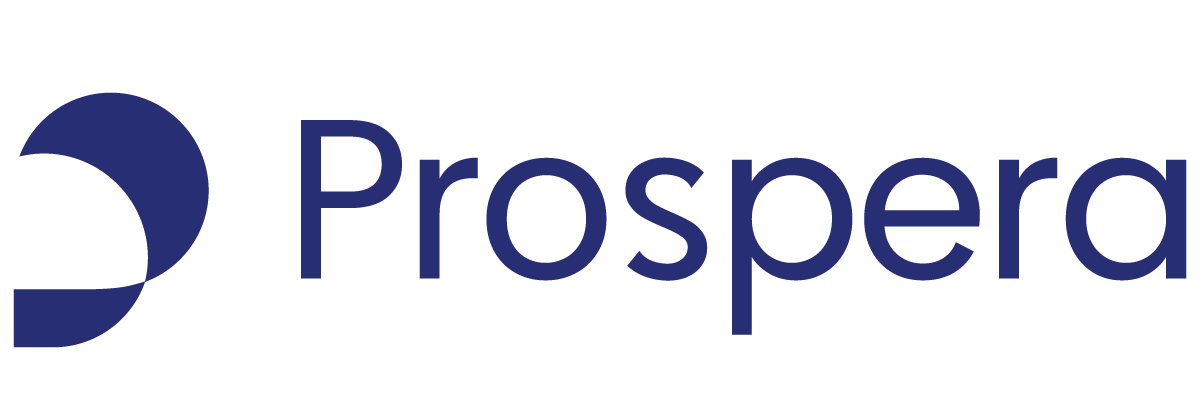The objective of e-learning is to help people perform better to increase organizational performance. With that goal in mind, here are 6 e-learning trends, their advantages, disadvantages, and how this can apply to your organization.
1. Microlearning
Microlearning consists of short, bite-sized learning segments. Our definition of microlearning is one small, distinct learning objective per course. Microlearning can be delivered as content, videos, small games, quizzes, infographics, or a mix of all.
The advantages of microlearning are that it is easy to retain the information since they are bite-sized segments instead of one long course. It can save time as the learner is able to access exactly what they need without sifting through learning content that they do not need to get to what they need. It is a great way to provide relevant information in small batches that best suits the needs of an employee. And it pairs exceptionally well with mobile learning. Learners can access courses anywhere and when the time is most convenient.
The biggest disadvantage of microlearning is that it is difficult to cover broad topic areas. For instance, communication skills is a broad topic as it covers written and oral communication skills and a wide range of topics including listening skills, non-verbal communication skills, and knowing your audience to deliver clear messages.
If you deliver microlearning courses, you will want to make sure that you offer a large set of courses, so that you are providing a broad and deep learning experience. With the example of communication skills, this might mean that you are offering 40+ microlearning courses to cover the overall topic of communication skills.
2. Mobile Learning
Mobile learning is an easy and convenient way to access learning content using any handheld device. Learners access courses on a handheld device like their phone or tablet, wherever and whenever is desired. Research shows that mobile learning has higher completion rates than standard e-learning courses and they complete the courses in less time from the time the course is assigned to when it is completed. You are accommodating your learners’ busy schedules by offering the flexibility to take courses wherever they are when it suits their schedules.
There can be some disadvantages to mobile learning. One disadvantage of mobile learning is the risk of distracted learning. For instance, learners may be taking a course in a coffee shop and can be easily distracted. Distracted learning can negatively impact learning retention. There may be possible information security issues. You may not want company confidential information to be delivered via mobile learning given the risk of eavesdropping. Additionally, connection issues may impact learners’ ability to access and complete courses.
3. Video Learning
Video combines visual and auditory learning in a single online tool. This makes video one of the most engaging e-learning tools available.
What makes video great is that it captures attention immediately and it can get your point across without lengthy paragraphs that tend to make readers inattentive. You can visually demonstrate complex tasks and it is far more effective and powerful than written instructions. It can deliver short, intensive bursts of information that can capture a learning situation, which can be comprehended in less time than it would take to read course content.
There are some disadvantages both when creating the videos as well as when delivering video-based learning to your learners. Creating videos can take longer because you must write the script, hire actors, shoot the video, edit the video, and then create the course. In addition, it is often considerably more expensive to update the course for the same set of reasons. The course can take longer to load, and learners who do not have a good internet connection may have difficulty completing the course.
To minimize the disadvantages of video, keep your video segments short and pertinent to the point you are trying to make in the course. You don’t need to add too much information like definitions, background information, and other supporting information into the video.
4. Editable Courseware
Editable Courseware is off-the-shelf courseware that you can customize yourself. For instance, clients can customize or edit off-the-shelf courseware in ways such as:
- Swapping the vendor’s logo with their own logo
- Swapping the vendor’s color scheme with their own company’s color scheme
- Adding links to a company policy or company form
- Adding a video with a message from senior management
The key benefit is having courses that look like the company created them, without the time and expense of custom-built courseware. It is possible to gain the benefits of off-the-shelf e-learning courseware combined with the benefits of custom content at a fraction of the cost with fast implementation. The only real disadvantage of editable courseware is keeping it up to date. This disadvantage remains if you create your own courseware as well.
5. On-the-job Learning
Research shows that much of the employee’s development can occur with informal, on-the-job training. Virtually all workplace learning outside formal programs should be structured and managed. In doing this, the Human Resource Development (HRD) profession can make a significant step forward in recasting its role and increasing its reach in improving individual, group, and organizational performance.
As the saying goes, practice makes perfect! The same is true with on-the-job skills and competencies. No one is great at giving someone corrective feedback simply by going through a course or a workshop. They need to practice giving someone corrective feedback. With practice, that person will develop and improve their skills. Companies that offer their learners the ability to develop on-the-job have a significantly higher return on investment (ROI) on their training budget.
The main disadvantage is that it can be difficult to measure the effectiveness of the learning or the development. There isn’t a quiz at the end of the practice session. In our example above about giving corrective feedback, most people are not going to ask the person who they just gave corrective feedback on for an evaluation. Instead, here are a few ways to measure the improvement in on-the-job performance:
- Performance review data: compare data over time
- 360-degree assessment: ask peers and team members if the learner improved in the performance areas over time
- Observation: an example is customer service where calls are recorded – you can listen to calls before the training and again after the training to evaluate if there is an improvement
6. Gamification
Gamification is the application of game-design elements and game principles in non-game contexts to engage learners. Examples of gamification are scoring points for correct answers on quizzes, creating virtual badges, prizes, competitions, and similar activities in order to keep employees engaged and motivated.
An advantage of gamification is that it is a different way to engage learners. It makes learning fun by using the characteristics of a game to get the content across.
A disadvantage of using gamification is that it can incentivize winning over the learning objective of the course. Winning vs learning. So instead of retaining the information, a learner just wants to win.
Using gamification just to make the course more engaging and fun is great, but make sure that it is always related to the learning objectives.
–
These 6 trends compose an excellent sign of where e-learning is headed. Staying current with technology is key. The trends are focused on driving learner engagement, learning retention, flexibility, and meeting learners where they are and how they want to learn. It is important to remember that the main focus of training and development is to improve learners’ performance, which leads to organizational improvement and favorable business results.



